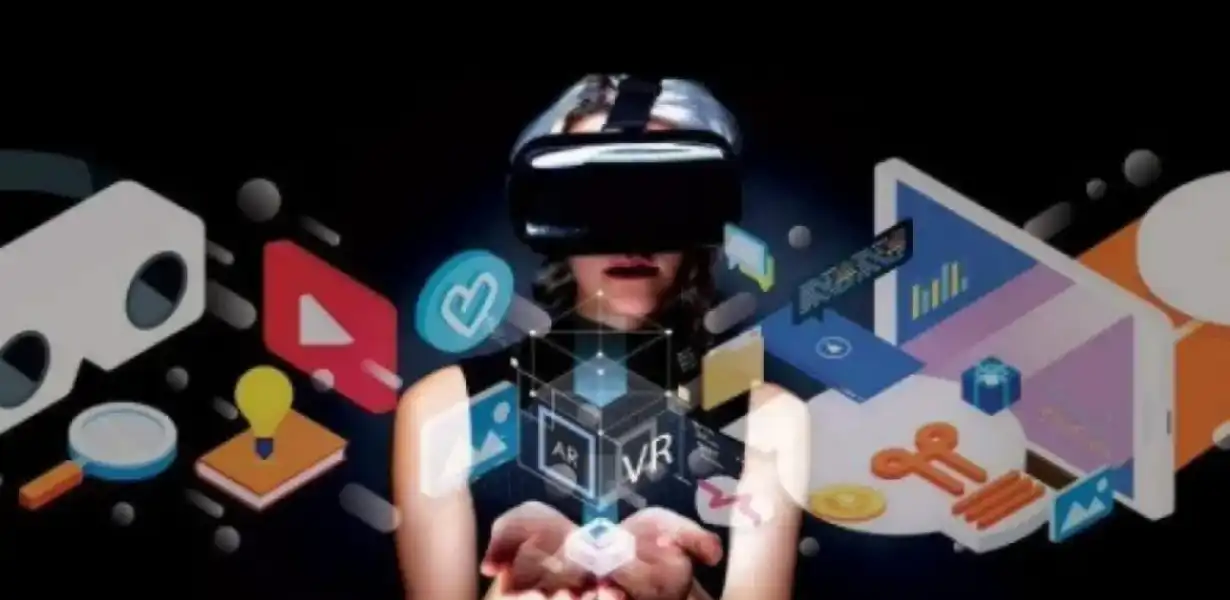
Augmented Reality Experiences Made Easy with JavaScript Basics and WebXR
- Post
- August 5, 2023
- JavaScript, JavaScript Basics, Web Development
- 0 Comments
Augmented Reality is reshaping how we interact with digital content. From mobile games to e-commerce applications, AR is leaving its mark in various industries. One of the key components that make AR accessible to developers of all levels is JavaScript, a powerful and widely-used programming language. By leveraging the capabilities of WebXR, a JavaScript API for creating AR and VR content, you can unlock a world of possibilities.
Understanding JavaScript and its Role in AR Development
JavaScript is a versatile scripting language that plays a crucial role in web development. Its ability to interact with HTML and CSS makes it the perfect choice for creating dynamic and interactive AR experiences. By using JavaScript, developers can manipulate 3D objects, manage user interactions, and handle real-time data, all essential components of AR development.
Whether you’re a seasoned developer or just starting your programming journey, JavaScript’s simplicity and widespread adoption make it a must-learn language for aspiring AR creators.
The Basics of WebXR: A Gateway to AR
WebXR is an API that provides developers with the tools to build AR and VR experiences that run directly in web browsers. It bridges the gap between traditional web development and immersive content creation, making it easier to deliver AR experiences to a broader audience without the need for specialized apps.
WebXR’s device-agnostic approach means that AR experiences built using JavaScript and WebXR can be accessed on a variety of devices, from smartphones to VR headsets, ensuring a seamless user experience.
Setting Up Your AR Development Environment
Before diving into AR development with JavaScript and WebXR, you’ll need to set up your development environment. Here are the essential steps:
Choose a Code Editor: Select a code editor that suits your preferences. Popular options include Visual Studio Code, Sublime Text, and Atom.
Set Up a Local Server: To test your AR projects locally, you’ll need to set up a local server. This ensures your JavaScript files and assets are served correctly.
Enable WebXR on Your Browser: Ensure your browser supports WebXR. If not, you may need to enable experimental features or use a compatible browser like Mozilla Firefox or Google Chrome.
Creating Your First AR Experience
Now that you have your development environment ready, it’s time to dive into creating your first AR experience. Let’s outline the basic steps:
Design Your AR Scene: Plan the layout and content of your AR scene. Consider the 3D objects, animations, and interactions you want to incorporate.
Implement Scene with JavaScript: Use JavaScript to build the AR scene, adding interactivity and logic to your 3D elements.
Test and Optimize: Test your AR experience on different devices and browsers to ensure compatibility. Optimize the performance to deliver a smooth and immersive experience.
Enhancing AR Experiences with JavaScript Libraries
JavaScript libraries can be game-changers when it comes to AR development. They provide pre-built components and functionalities, saving you time and effort. Here are some popular libraries worth exploring:
A-Frame: A-Frame is a web framework that simplifies the creation of VR and AR experiences with HTML-like syntax. It’s beginner-friendly and perfect for rapid prototyping.
Three.js: Three.js is a powerful 3D library that works seamlessly with JavaScript and WebGL. It allows you to create complex 3D scenes and animations for your AR projects.
AR.js: AR.js is an open-source library that brings AR capabilities to the web with marker-based tracking. It’s an excellent choice for mobile AR experiences.
Troubleshooting Common Issues in AR Development
As with any development process, you may encounter challenges while creating AR experiences. Here are some common issues and how to troubleshoot them:
Performance Bottlenecks: If your AR experience is lagging or stuttering, optimize your code and assets. Compress images, reduce polygons in 3D models, and minimize unnecessary calculations.
Cross-Browser Compatibility: Ensure your AR experience works across different browsers by testing it on multiple platforms. Use polyfills or feature detection libraries to handle browser inconsistencies.
Future of AR Development with JavaScript
The world of AR is evolving rapidly, and JavaScript will continue to play a pivotal role in shaping its future. As browsers and devices become more powerful, we can expect even more sophisticated AR experiences built with JavaScript and WebXR.
Final Words
Embrace the power of JavaScript and WebXR to create captivating Augmented Reality experiences without the need for complex coding knowledge. With the tools and libraries available, your AR visions are within reach. Start your AR development journey today and immerse your audience in a world where reality and imagination blend seamlessly.
Commonly Asked Questions
Q1. Can I build AR experiences with just JavaScript and WebXR?
Yes, JavaScript and WebXR provide all the essential tools and features to create AR content without the need for additional plugins or software.
Q2. Do I need prior AR experience to start with JavaScript for AR?
No, JavaScript for AR can be learned from scratch, making it accessible to developers of all levels.
Q3. Which devices support AR experiences built with JavaScript?
AR experiences developed using JavaScript and WebXR can be enjoyed on various devices, including smartphones, tablets, and VR headsets.
Q4. Are there any free resources to learn JavaScript for AR development?
Yes, numerous online tutorials and documentation are available, allowing you to learn JavaScript and AR at your own pace.
Q5. How can I optimize my AR project for better performance?
By using a JavaScript compiler, optimizing 3D assets, and applying efficient coding practices, you can enhance the performance of your AR experiences.




